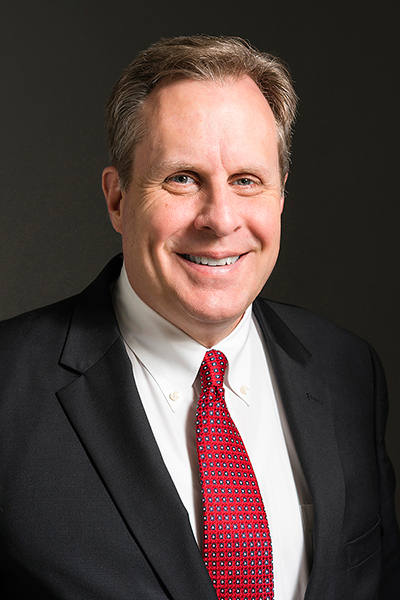You’re accessing archived content
This is archived content from the UIT website. Information may be outdated, and links may no longer function. Please contact stratcomm@it.utah.edu if you have any questions about archived content.
Guest column: Takeaways from the 2016 Gartner Symposium

Jim Livingston, CTO
By Jim Livingston, Chief Technology Officer
Each year in October I have the opportunity to attend Gartner’s annual symposium. Gartner brings together their best analysts who specialize on specific aspects of IT and provide education on just about every aspect of IT you can imagine. Much of the value that comes from the symposium is Gartner’s insight on the future and areas that IT leaders should focus on and plan for. This year’s symposium was particularly exciting and had a strong emphasis on the dramatic transformation that is occurring in IT currently and in the next few years.
My career in IT goes back further than I care to admit, and I’ve seen a lot of changes in IT, but the transformation that is underway is bringing some of the most exciting changes and challenges that I have experienced so far. Below is a recap of two of the sessions I attended that are most relevant to higher education.
Top Trends, Emerging Technologies and the Impact on the Higher Education Ecosystem
Session description: This presentation looks at highlights in the Top 10 business trends, Top 10 strategic technologies in higher education, as well as the Hype Cycle for education.
Takeaway: Key issues - Predicting the future, preparing for the future, products in the future. Smart Machines will play an increasing role in higher ed, which will include artificial intelligence and intelligence augmentation. A couple of key trends – Digitization, moving from on-premise IT to the cloud. Digitalization – Connecting data to feed smart machines.
Quote by Jane den Hollander, Vice-Chancellor (President) Deakin University – “We now face a digital economy wherein our nation depends on highly educated and skilled graduates who are able to embrace the age of smart machines and an age in which many occupations and jobs will disappear before the end of our next triennium. We must all learn to work with machines and in the spaces between machines.”
| Top 10 higher education business trends | Top 10 higher education technologies to pay attention to |
|---|---|
|
|
The Cloud Computing Scenario: Cloud – the Last 10 and the Next 10 Years
Session description: Over the past 10 years, cloud computing has become a primary option. Many hurdles have been overcome, but new hurdles are rising that highlight both promise and concern for the future of the cloud. This presentation will discuss how cloud strategies are moving beyond basic cloud capabilities to solutions that leverage the cloud and create new business scenarios — good and bad.
Takeaway: We as a university need to embrace the cloud, but in a coordinated and thoughtful way. We need to build a cloud strategy that will deliver IT capabilities that provide greater agility and enable the university to better meet its goals. Hybrid cloud is a critical capability that needs focus and will allow us to integrate our on-premise infrastructure and applications with cloud solutions. Hybrid cloud will become the norm for years to come. Hybrid cloud enables our path forward with moving to the public cloud in a way that is seamless and transparent to our customers. Hybrid cloud will also allow us to run workloads on the right solution based on workload requirements, thus improving service and reducing cost.
Our cloud strategy needs to be multifaceted. Moving to the cloud is not just about cost, but is about service and better meeting requirements. We need to build a layered strategy for each level of cloud capabilities. The strategy needs to include Software as a Service(SaaS), Platform as a Service(PaaS), Infrastructure as a Service(IasS), etc. The strategy also needs to include security and IT architecture so we don’t introduce additional risk and ensure we implement solutions that seamlessly integrate.
Node 4
Our monthly newsletter includes news from UIT and other campus/ University of Utah Health IT organizations, features about UIT employees, IT governance news, and various announcements and updates.
